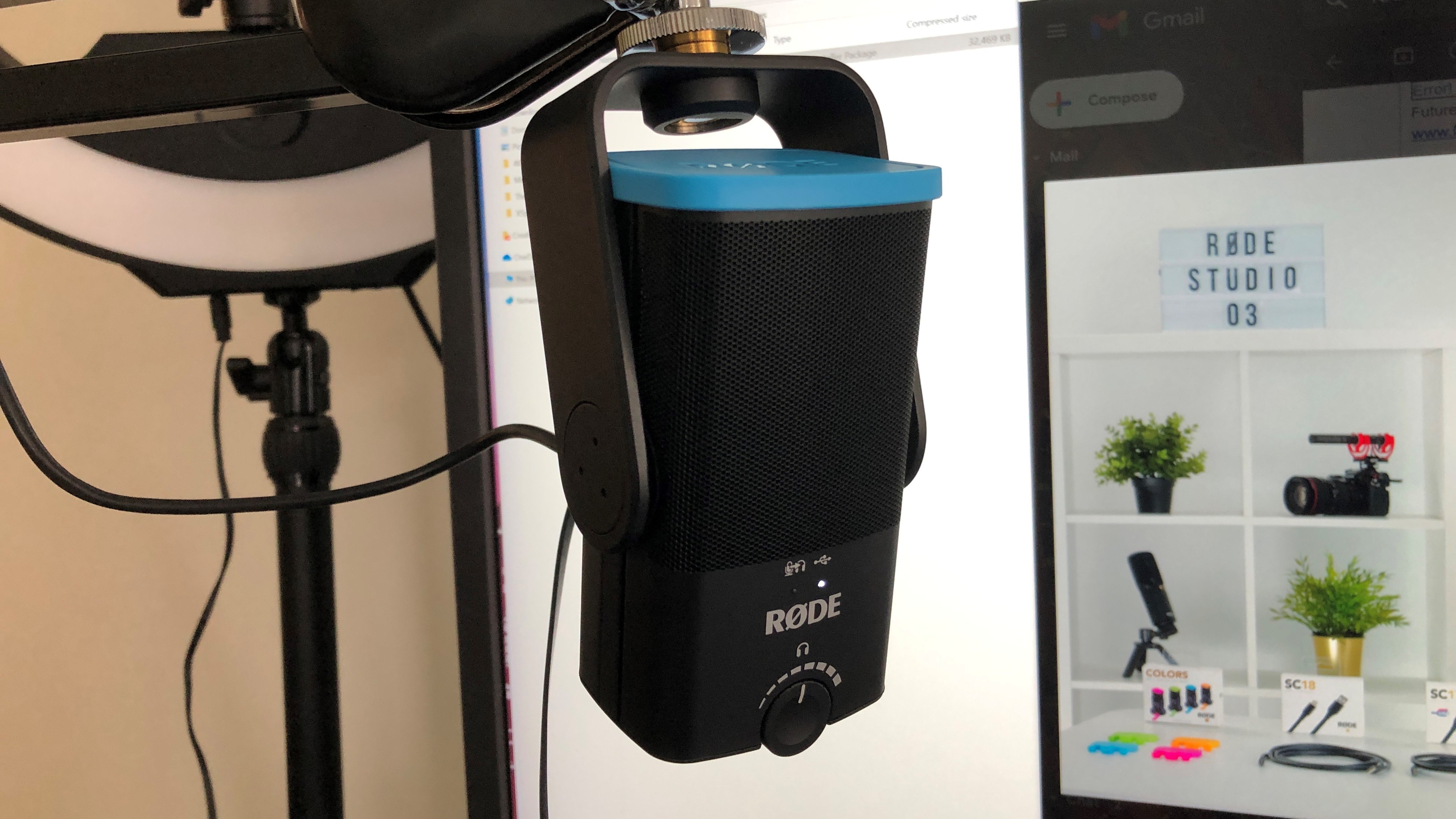Our Verdict
The Rode NT-USB Mini is yet ANOTHER killer-sounding microphone that won't empty your wallet.
For
- Great Sound
- Simple Compact Design
- Decent Software
Against
- Software only works with NT Minis
- Picks up background noise
PC Gamer's got your back
"Wow, we should start a podcast" is an accursed phrase you hear at every BBQ with your friends or drinks with colleagues. I get it, we all have opinions about the best Marvel movies, Dark Souls games, or whatever. Thankfully, a lot of this talk never works out, primarily because most people give up when they find out how much it costs to record a quality podcast. For better or worse, the Rode NT-USB Mini is looking to change that.
Condensers: 1
Connector: USB Type-C
Directional Patterns: Cardioid
Controls: Headphone dial, zero-latency
Inputs: 3.5mm headphone
Recording Sample Rate: 48kHz
Bit Depth: 24-bit
Weight: 1.29 lb / 585 g (Microphone, Stand)
Warranty: 1 Year
Price: $100
Years ago, we reviewed the Rode NT-USB; the NT-USB Mini somehow manages to shrink that mic down even further. Now it's a cute little recording cube, but it also offers some subtle, smart design improvements. The first thing you notice is that yes, this thing is tiny. It's just 90mm wide and 141mm tall.
Taking cues from other smaller mics like the Razer Seiren Mini, Rode has stripped a lot of the usual features you'd find in the standard mic for a more no-fuss, no-muss design approach. The Mini has a built-in pop filter to deal with your plosives and a neat little detachable magnetic stand that makes for easy traveling.
As far buttons and dials go, the Mini has a clickable control knob for your headphone levels, as well as switching through zero-latency monitoring mode. The little LED light on the front lets you know which mode you're in.
Zero-latency monitoring mode removes the delay of your voice in playback. That's important because, depending on the type of setup you have, it can be super distracting to hear your own voice a few milliseconds after speaking. This deals with all that rather well.
Rode has always been known for its top-tier audio gear. It is often a strong recommendation for anyone looking to upgrade from semi-pro to pro streaming or podcasting status. The cost has always been a sticking point, however, since Rode's gear has always been traditionally skewed towards the serious prosumer. The Mini's $100 price makes it a good choice for anyone looking for a quality microphone that travels well and keeps its traditional Rode durability.
From the test recordings, you can hear that the quality of the mic is good, if not better, than more expensive microphones on the market. My audio came out crisp and clear, though did pick up some of the background hum of my very loud gaming PC. For comparison, I've included some cheaper mics like HyperX Solocast, which is $40 cheaper than the NT, and a couple of premium mics just to hear the difference.
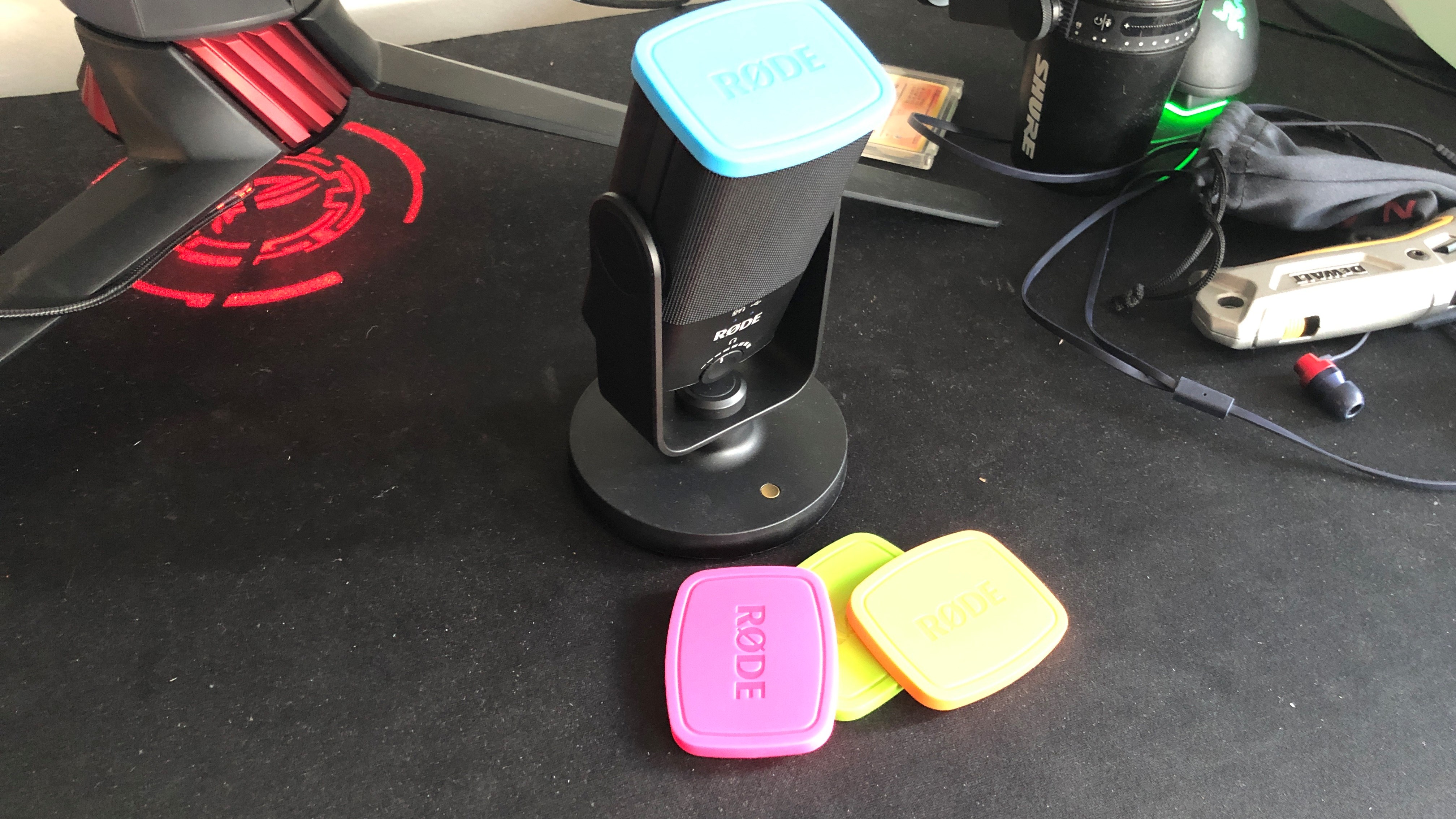
Rode NT-USB Mini is a great-sounding, easy to handle USB microphone whose software solves a common problem for veteran podcasters.
The NT gets the nod over some of the cheaper options in sound quality, but honestly, many of these 'cheaper' mics still sound pretty good. If you don't need all the bells and whistles, there's no reason to spend hundreds of dollars on features you'll never use. What matters most is how it sounds, and the NT-USB Mini sounds fantastic.
What makes Rode NT-USB Mini special is its ability to hook up multiple microphones to one computer or laptop without using a USB audio interface of some kind. It may not seem like a big deal, but most people would be shocked to know that trying to get multiple USB mics to work on a single computer is a nightmare. It often confuses your recording software or, worse, makes all the mics share the same track, which makes it near impossible to edit.
There are software workarounds like Voicemeeter and other third-party digital mixers you could use, but your mileage could vary depending on how temperamental you're computer is being. Like many mini mics, any tweaks to how your voice sounds need to be on the software side since there's no gain control or even a mute button.
Rode Connect is their digital audio mixer which allows multiple NT-USB Minis to be plugged into one computer. Ideally, this makes for a pretty convenient mobile podcasting studio so long as your laptop or computer has the USB ports to spare.
The set-up was a breeze, and getting Rode Connect to play nice with Audacity and OBS was also seamless. The software allows you to import system audio and even audio calls from Discord if your content requires someone to call in remotely. It's similar to the Elgato Wave 3 Digital Mixer. When comparing the two, I'd give the edge to Elgato's offering for its versatility; as much as I like the Rode Connect software, it only works with NT-USB Mini and that is a bit of a downer.
This means you'll have to order four of these bad boys if you're looking to do a full panel discussion which requires you to be well bought into the ecosystem.
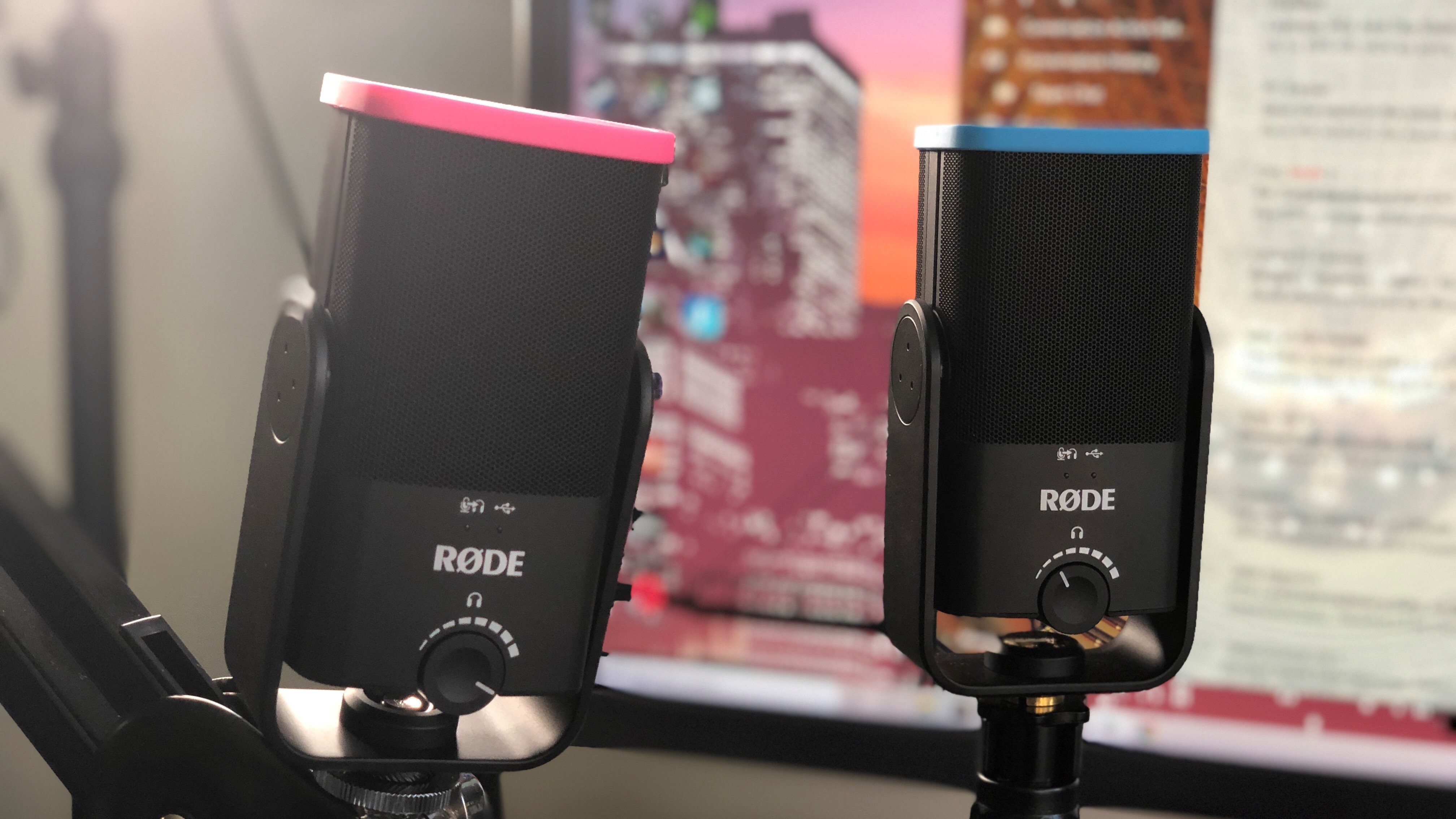
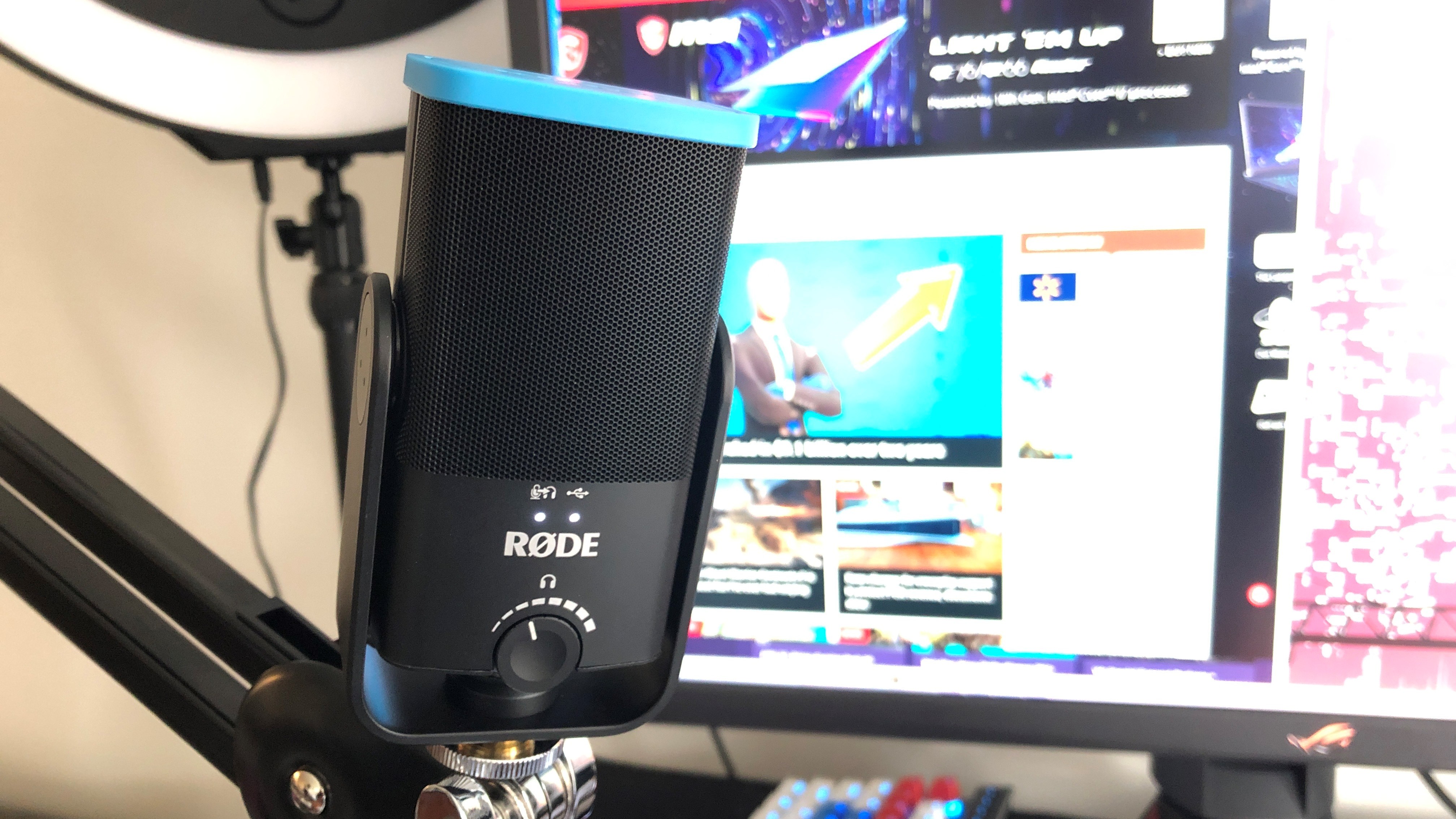
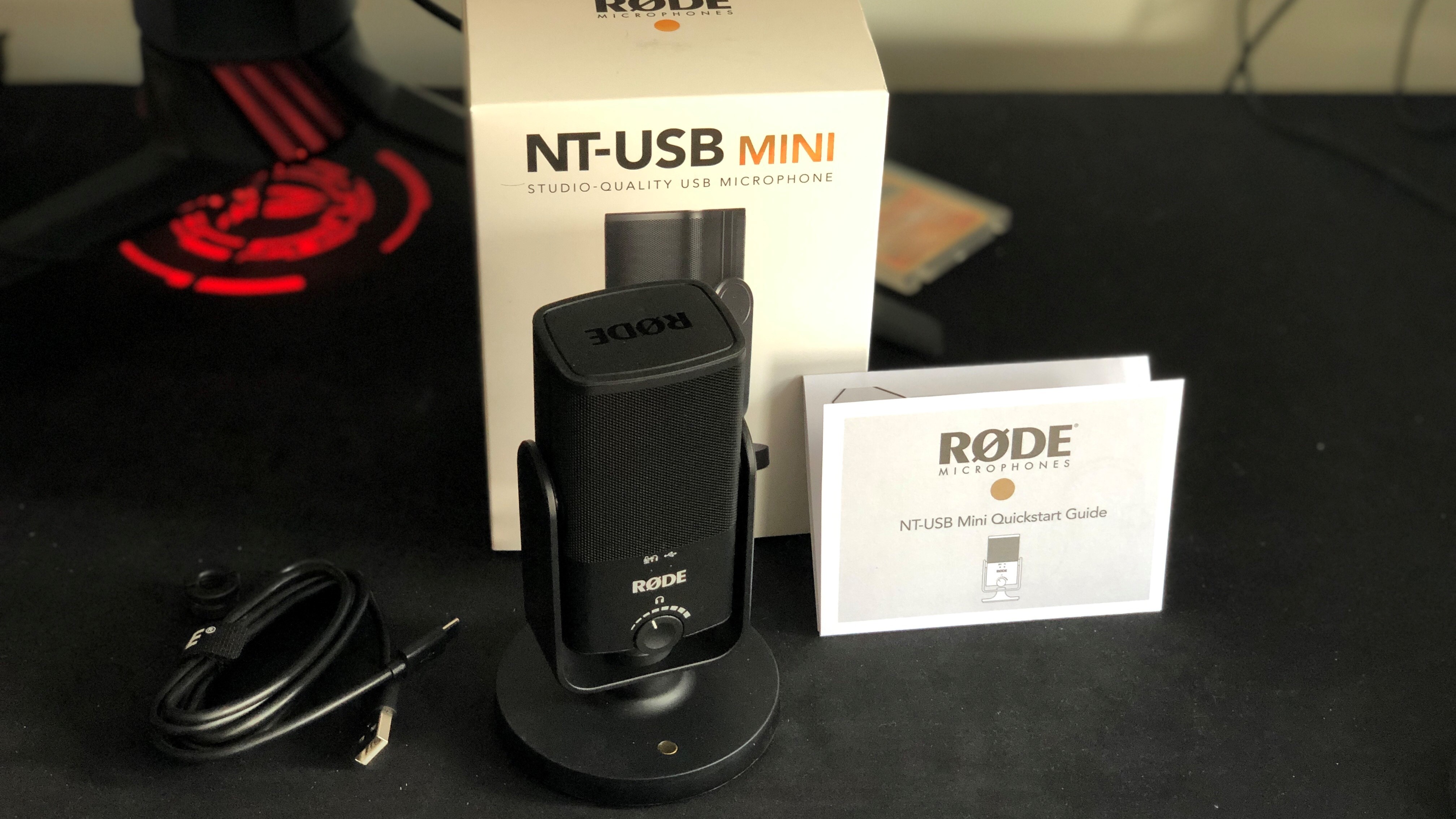
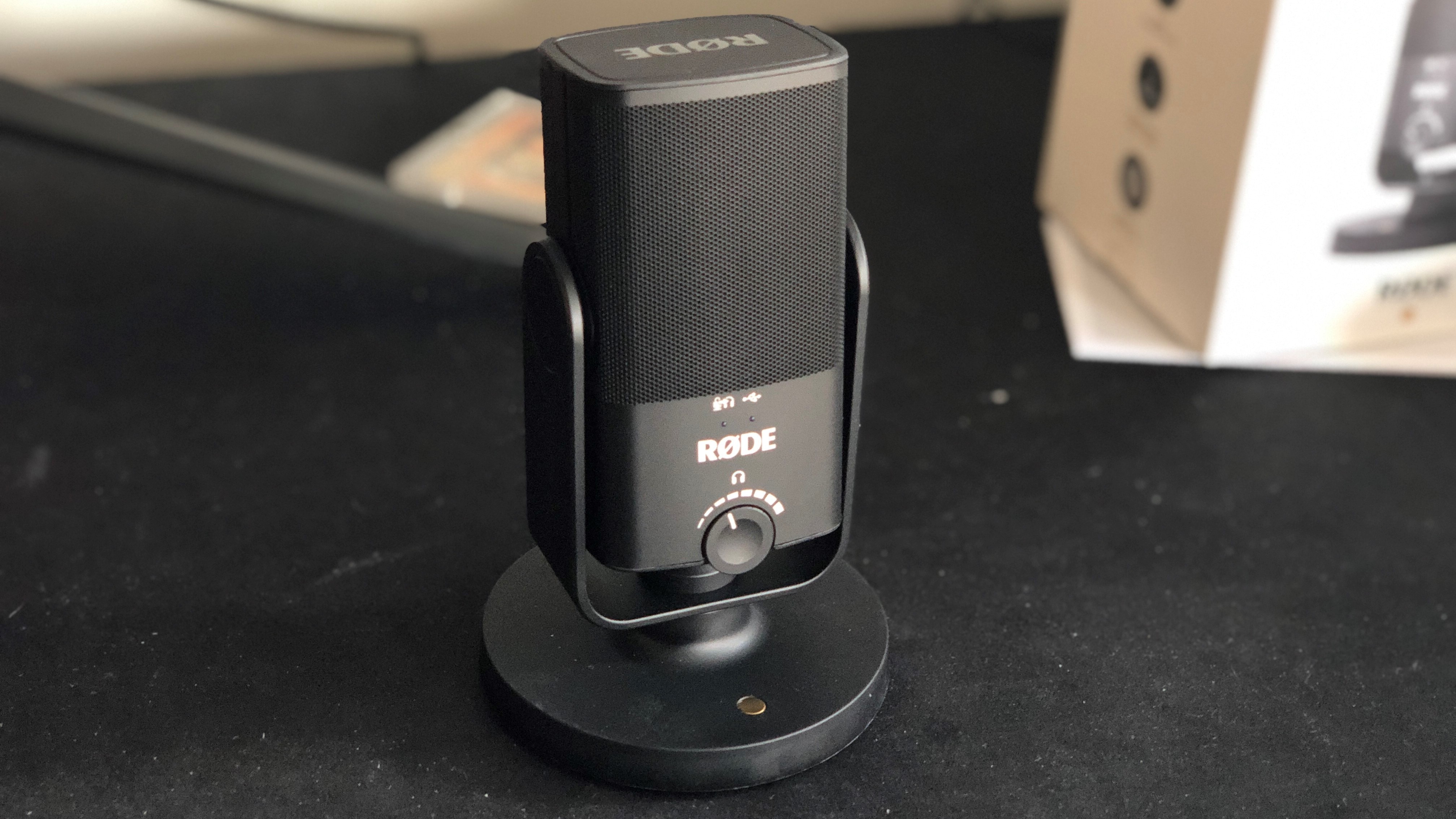
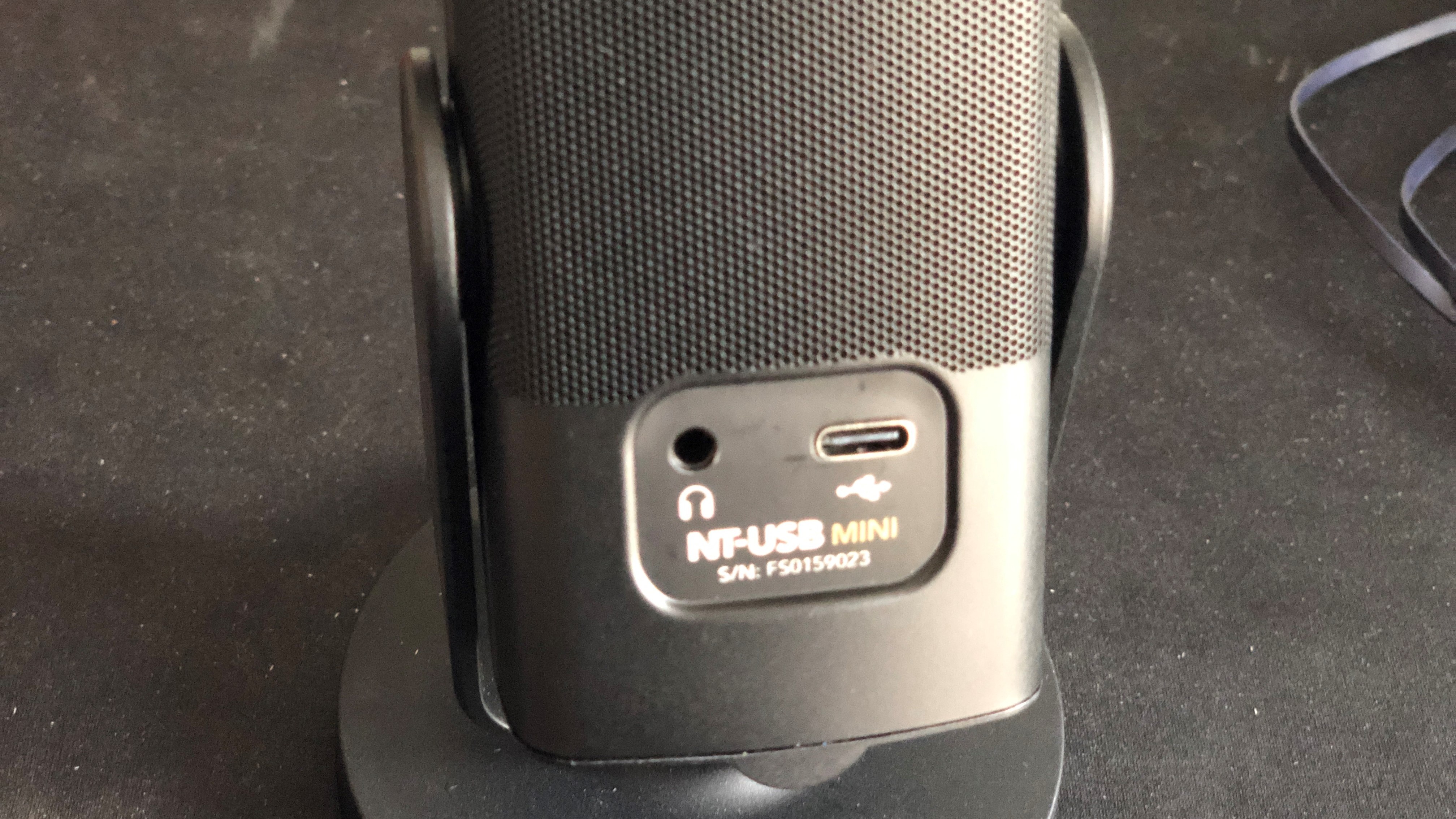
If your chats are getting that crowded, some folks would probably opt towards getting a microphone with an omnidirectional cardioid pattern mic like the Blue Yeti X, which you can just plop down in the middle of a table and go nuts. However, getting four of these guys is still a lot cheaper than the alternative of getting four super expensive XLR mics and a USB audio interface.
Rode NT-USB Mini is a great-sounding, easy to handle USB microphone whose software solves a common problem for veteran podcasters. The $100 price puts it smack dab in the middle of an already super crowded field of affordable microphones punching above their weight class in terms of sound, but its supreme audio sees it a cut above the rest
The Rode NT-USB Mini is yet ANOTHER killer-sounding microphone that won't empty your wallet.

Jorge is a hardware writer from the enchanted lands of New Jersey. When he's not filling the office with the smell of Pop-Tarts, he's reviewing all sorts of gaming hardware, from laptops with the latest mobile GPUs to gaming chairs with built-in back massagers. He's been covering games and tech for over ten years and has written for Dualshockers, WCCFtech, Tom's Guide, and a bunch of other places on the world wide web.
